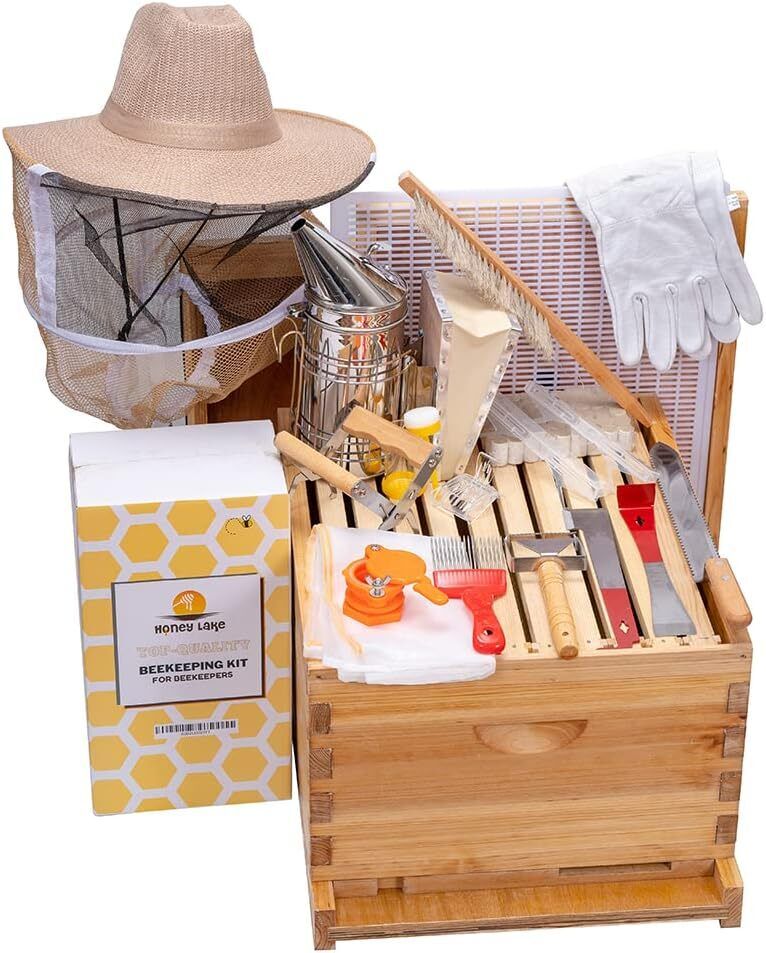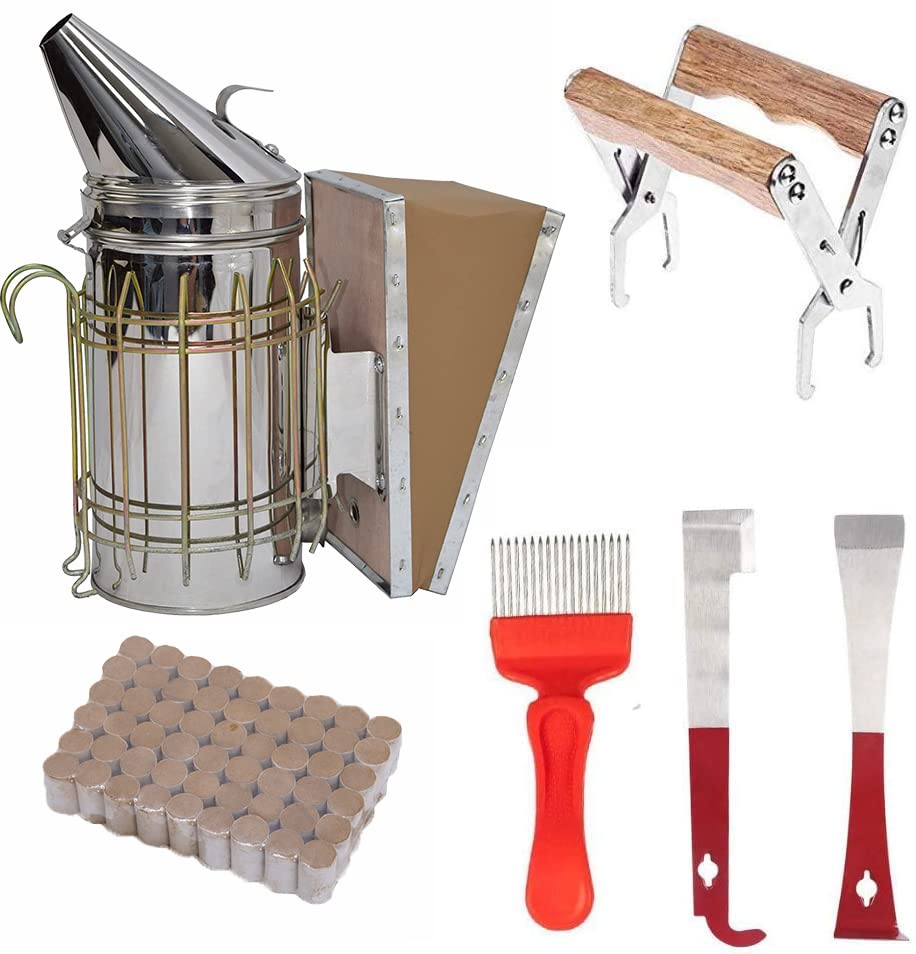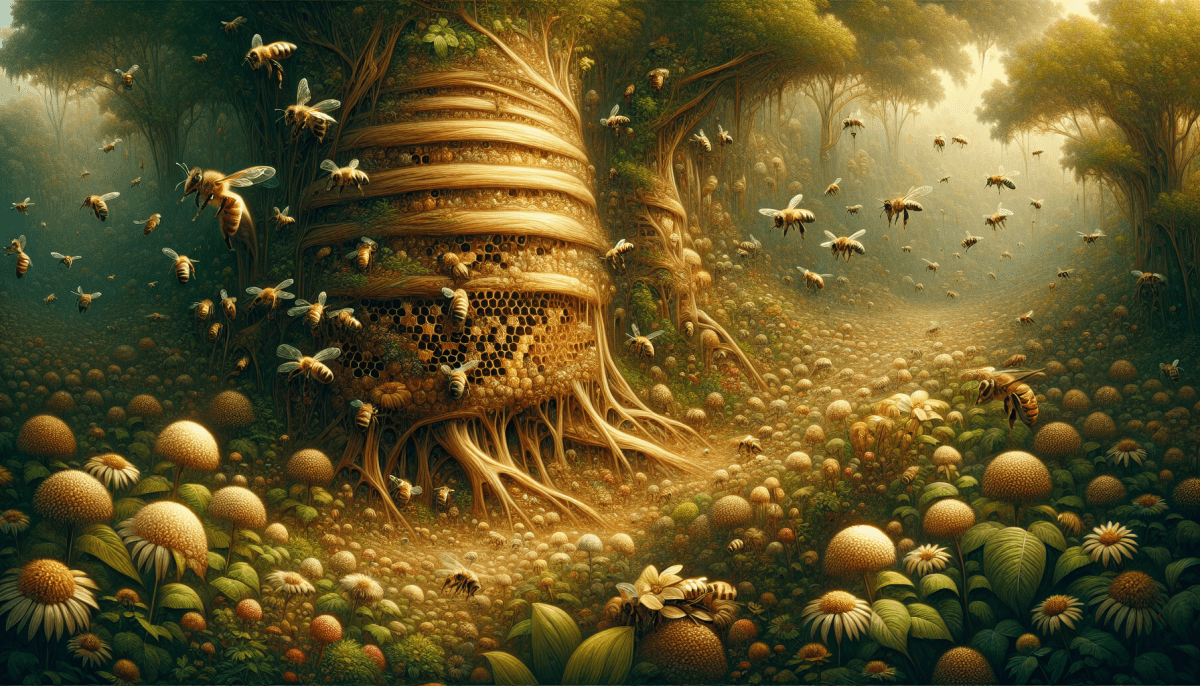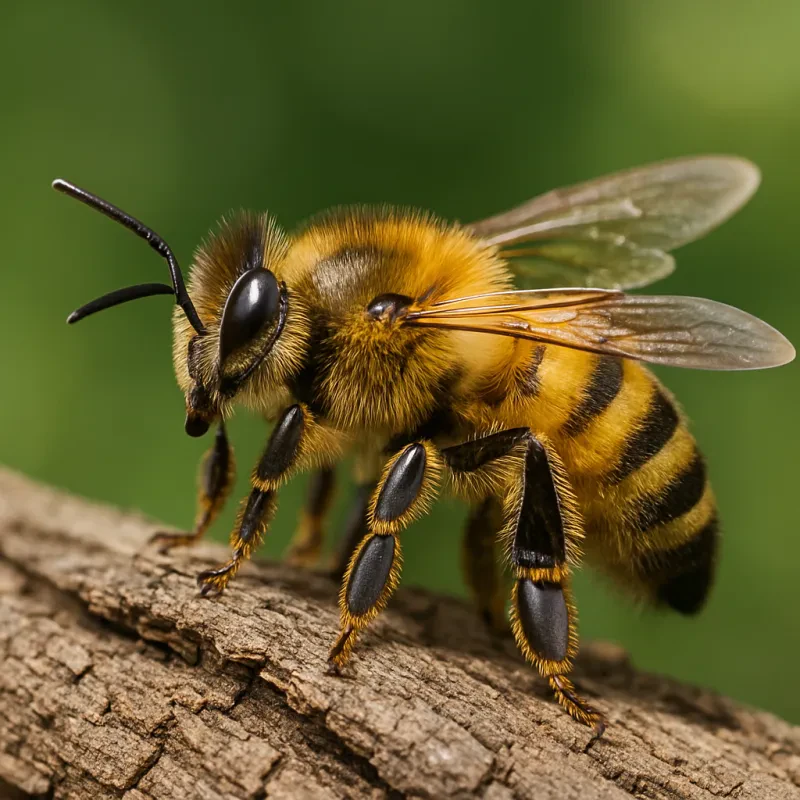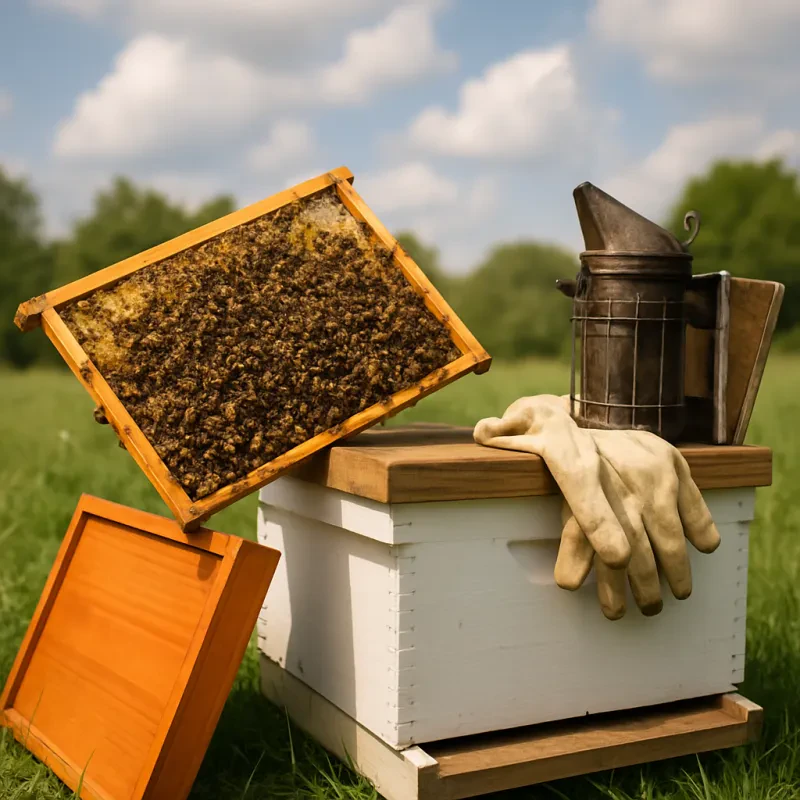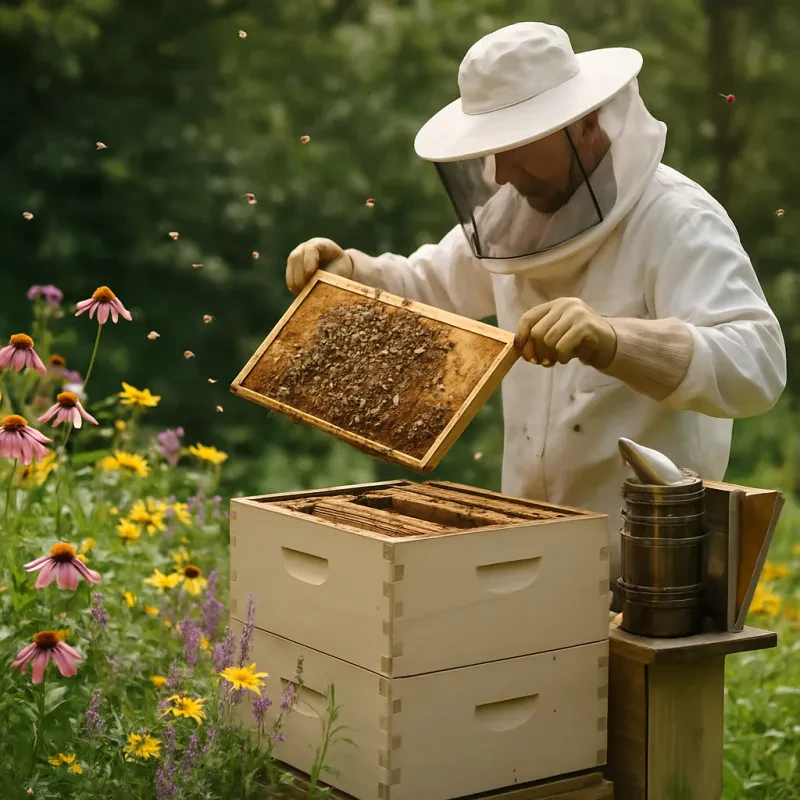Discovering Bee Hives in Nature: A Guide to Locating and Observing Honeybees
Bee hives are fascinating structures, representing the complex social organization and industrious nature of honeybees. For nature enthusiasts, photographers, or anyone curious about bee ecology, understanding where and how to find bee hives in the outdoors can enhance outdoor adventures and contribute to conservation efforts. Here’s your comprehensive guide on locating bee hives in nature and what to look for during your search.
Common Locations for Bee Hives in the Outdoors
Honeybees prefer specific environments to build their hives, which can generally be categorized into the following:
1. Tree Hollows
Tree hollows are among the most common natural settings for bee hives. Bees find these natural cavities in aged or dead trees, where they can stay protected from the elements and predators. When exploring wooded areas, look up towards older or dead trees and check for any openings that might serve as an entry point to a hidden hive.
2. Rock Crevices
Rocky terrains and cliffs often host bee hives within crevices where bees can easily defend their colonies and keep their hive insulated. These locations are typically harder to spot, requiring more careful observation of the surrounding rocks for signs of bee activity.
3. Abandoned Burrows
Occasionally, bees will occupy burrows left by small animals. These ground-level hives can be found in open fields or near forest edges. It's essential to approach such areas cautiously to avoid disturbing the hive.
4. Man-made Structures
Though not entirely in the wild, bees sometimes establish hives in the quieter, less-disturbed parts of man-made structures like abandoned barns, sheds, or unused chimneys. These structures provide shelter and are often located near flower-rich areas, making them ideal spots for honeybees.
What to Look for When Searching for Honeybees and Their Hives
Finding a bee hive is more about observation and understanding bee behavior than random searches. Here are some tips on what to look for:
1. Bee Activity
One of the most obvious indicators of a nearby hive is the presence of bees themselves. If you notice bees flying in a consistent path, they could be returning to or leaving their hive. Follow them at a safe distance to possibly discover the location of their home.
2. Buzzing Sounds
A collective buzzing or humming sound can often lead you to a hive. This sound becomes louder as you get closer to the colony.
3. Local Flora
Bees require pollen and nectar, so they are often found near abundant sources of these. Flowering plants, orchards, and gardens can be hotspots for bee activity.
4. Visual Cues
Look for natural formations that could house hives, such as hollow sections of trees, gaps in rocks, or unusual openings in the ground. Observing these areas closely might reveal bees entering and exiting, which is a clear sign of a hive.
Bee Behavior Pay attention to the behavior of bees in a specific area. If you notice a lot of bees flying in and out from a particular spot, it could indicate the presence of a hive nearby. Additionally, observing bee activity during peak hours of the day when they are most active can help you locate their hive more easily. 6. Consult Local Beekeepers Local beekeepers are often familiar with the areas where wild hives are commonly found. Seeking advice or guidance from experienced beekeepers in your area can give you valuable insights on where to look for beehives and how to approach them safely. 7. Professional Assistance In some cases, if you suspect there is a beehive on your property but cannot locate it yourself, consider hiring professional pest control services or bee removal experts who have the necessary tools and expertise to identify and safely remove beehives without causing harm to the bees or yourself.
Caution and Respect
While discovering a bee hive can be exciting, it is crucial to approach this activity with respect and caution. Bees are generally non-aggressive when unprovoked, but they will defend their hive if they feel threatened. Maintain a safe distance, avoid loud noises or sudden movements, and use binoculars for closer observation if needed.
Locating bee hives in nature can be a rewarding experience, offering insights into the intricate world of honeybees and their role in our ecosystem. By knowing where to look and what signs to observe, you can safely explore these natural wonders and appreciate the vital contributions bees make to ecological balance and biodiversity. Whether you are a budding naturalist or just someone who appreciates the beauty of nature, understanding and observing bees is a step towards greater environmental awareness and conservation.
